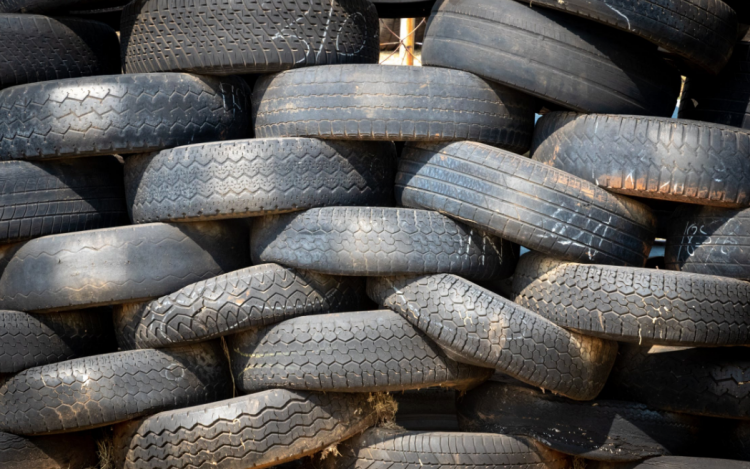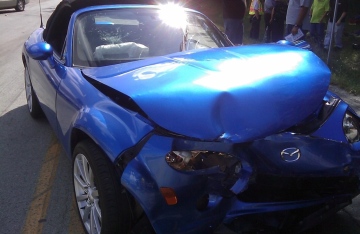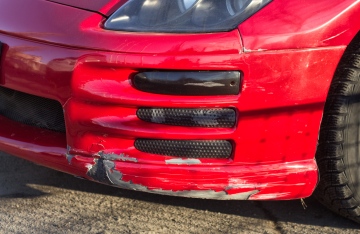There is no messing around when it comes to worn tires. Your tire tread is what makes it possible for you to navigate while maintaining a grip on the road. Balding involves the tread wearing down to the base of the rubber. Hoping to save a little money by getting the most wear out of your tires should not be gauged upon whether they have gone completely smooth. Here are three ways your bald tires are putting your life at risk.
Stopping Distance Gets Extended
A good set of tires grip the road. Balding tires lose that ability and may significantly advance your stopping distance on the road regardless of the weather conditions. While you may think that is not a problem, consider this: You can adjust how you are driving to allow for increased stopping distance, but what happens when someone makes an abrupt stop in front of you? How about an animal that jumps out in front of your path or, more frightening, a little child? If you cannot count on your tires to perform to your expectations, you are at risk of an unavoidable collision.
Increased Risk of Tire Puncture
The thinner value of rubber on bald tires makes them susceptible to puncture from random objects on the road. They do not even need to be sharp objects. You can blow a thin tire just bumping a curb a little too hard. You also risk a blow out from the increased heat that builds up when there is less tread to help dissipate the higher temperature while driving. Tires should be checked at least monthly. Tires are officially considered bald if the depth of tread reaches 2/32 of an inch or lower. A tire professional can help you determine the wear of your tire tread.
Bald Tires are Underinflated
You may notice your balding tires seem to need the air pressure checked and refilled more frequently. This loss of air pressure is a sign that your tires are bald or balding. Underinflated tires use up more fuel to travel the same distances as tires with good tread that are not balding. Tires expand when they heat up. Tires with low air pressure present an increased risk of blowing out as the heat from driving increases. Tires that are bald and underinflated have even less ability to grip the road doubling the risk of skidding out of control in rain or when braking.
If you are concerned about your tire tread, have them checked with a tire professional who can properly advise you. If you have just purchased a used car, be especially careful to assess the condition of the existing tires.
Learn how to identify the condition of your tire tread and you will also be able to identify any underlying issues that may be causing uneven wear such as improper alignment, underinflation, overinflation or worn suspension. A tire professional can help you with these and many other issues regarding your tires to keep you safe on the road.




